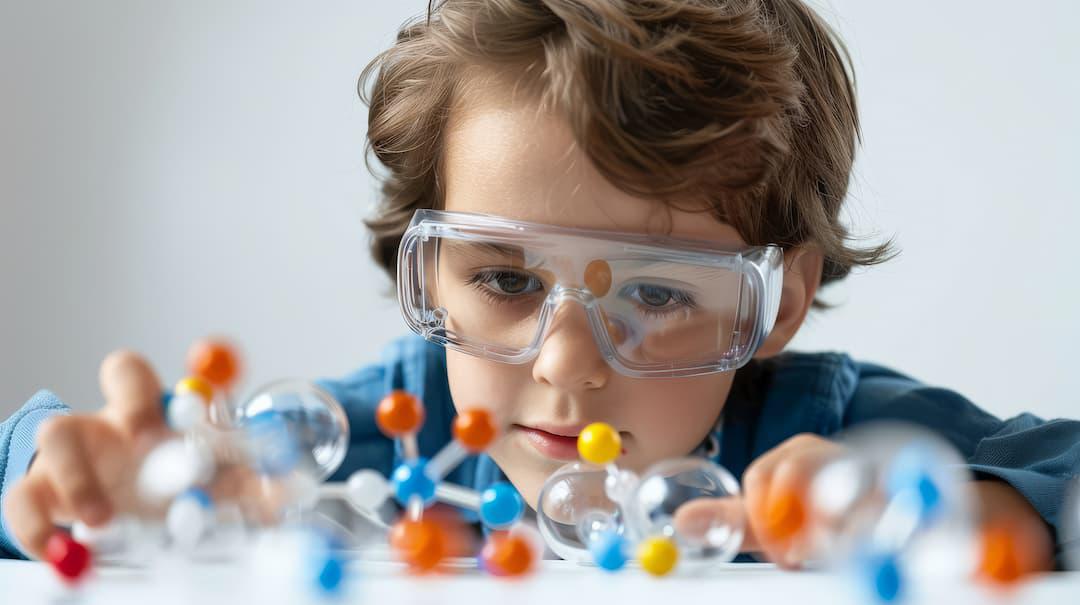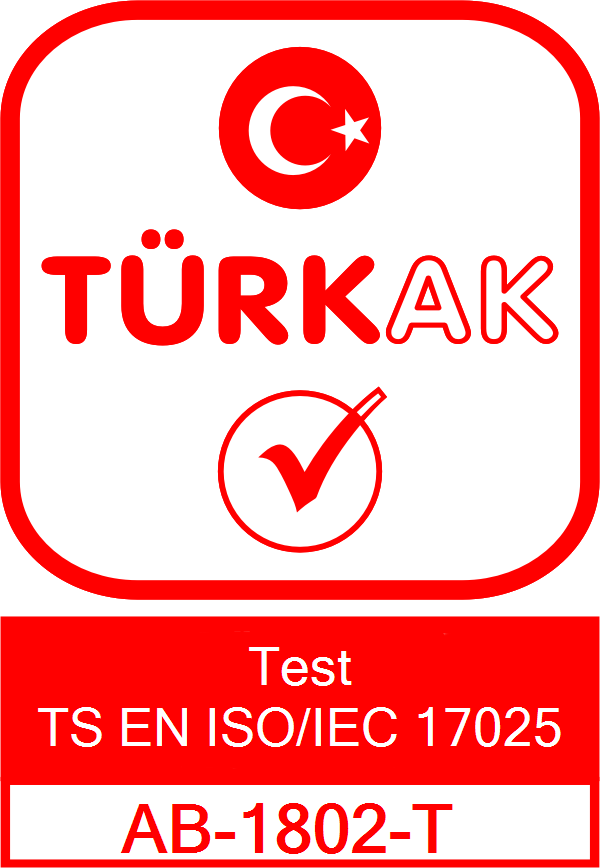
Saliva Simulation Test in Baby Toys: A Safety Assessment Approach
Saliva Simulation Test in Baby Toys: A Safety Assessment Approach
Contents
Many toys designed for infants are used in direct contact with the mouth. Therefore, one of the most critical safety measures is the saliva simulation test. This procedure evaluates whether any harmful substances migrate from the toy surface when mouthed by a baby. Tests conducted at accredited toys testing laboratories like TTS ensure compliance with legal standards and support proper baby toy safety evaluation.
What Is the Saliva Simulation Test?
This test simulates contact between toy surfaces and saliva. It determines whether hazardous chemicals (like heavy metals or plasticizers) migrate from the toy when exposed to synthetic saliva. PVC-based toys are often more prone to such risks.
Which Toys Require This Test?
- Toys intended for children aged 0–3 years
- Products likely to be mouthed (e.g., teething rings)
- Toys with paint, coatings, or labels
Chemical Migration Risk in Toys
Within toy safety testing, this assessment focuses on the migration of heavy metals (e.g., lead, cadmium, nickel) and phthalates. These substances can be harmful if ingested or absorbed and must comply with regulatory limits.
How Is the Saliva Simulation Test Conducted?
- The toy surface is exposed to synthetic saliva solution
- After 72 hours of contact, the solution is collected
- Analysis is performed via ICP-OES, GC-MS, or spectrophotometry
Legal Standards and Compliance
According to the EN 71-3 standard, mouthing exposure testing is mandatory for CE marking in the EU and Türkiye. Only accredited laboratories may perform valid tests for certification.
Conclusion: Safer Toys Begin with Scientific Testing
Baby toy testing is not only about quality but also about health and safety. Saliva migration tests are a fundamental part of a responsible toys testing protocol.
Frequently Asked Questions
1. Are saliva simulation tests mandatory for all toys?
No, but they are mandatory for toys intended for ages 0–3 and those likely to be mouthed.
2. Where can I get toys tested?
Tests must be conducted at accredited toys testing laboratories.
3. Are test results valid for export?
Yes, test reports compliant with EN 71-3 are required for CE marking and international sales.

